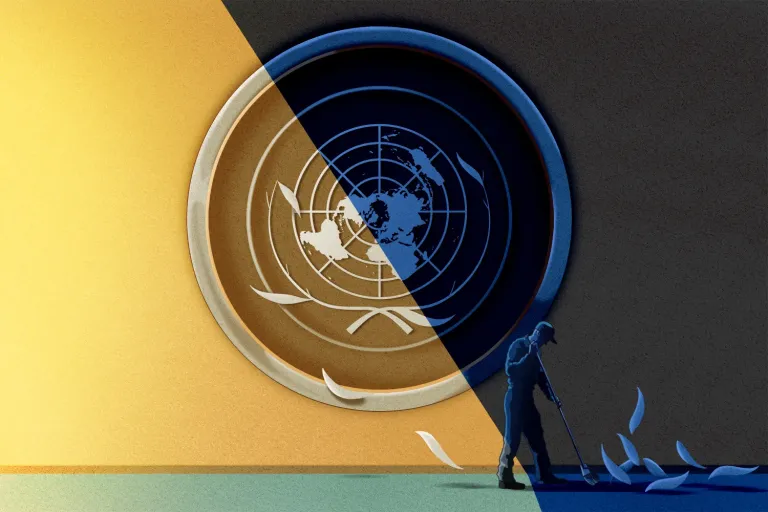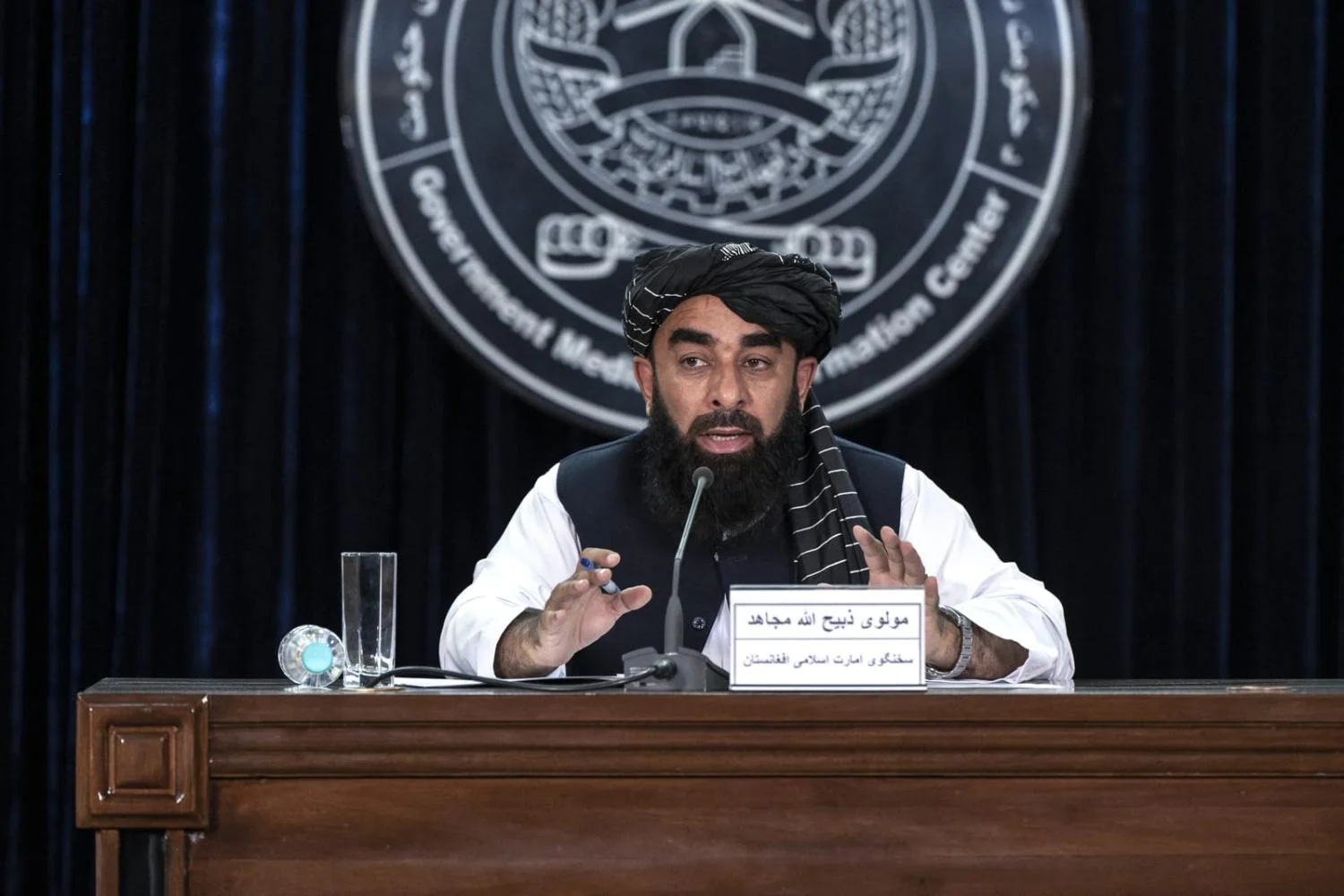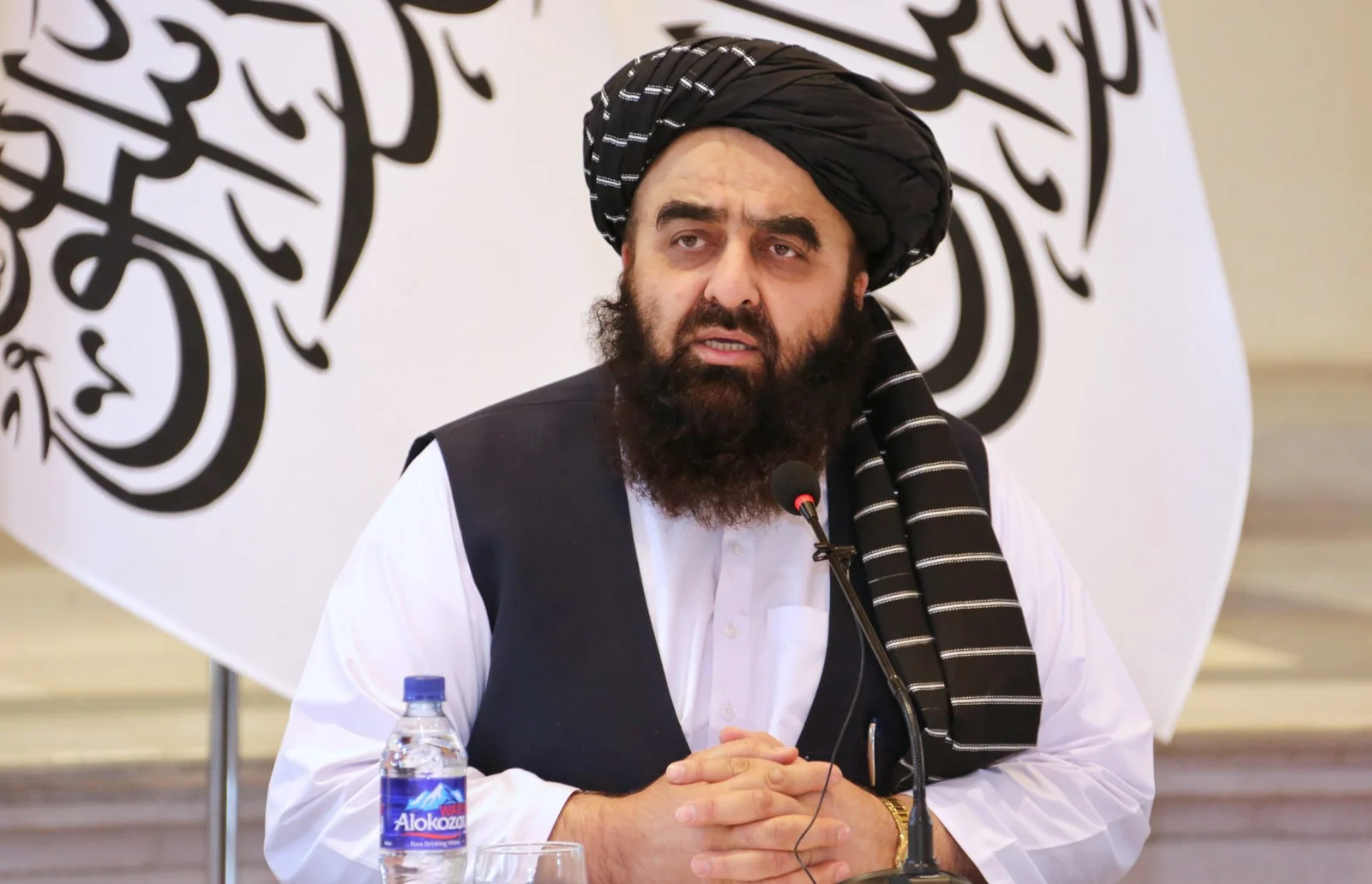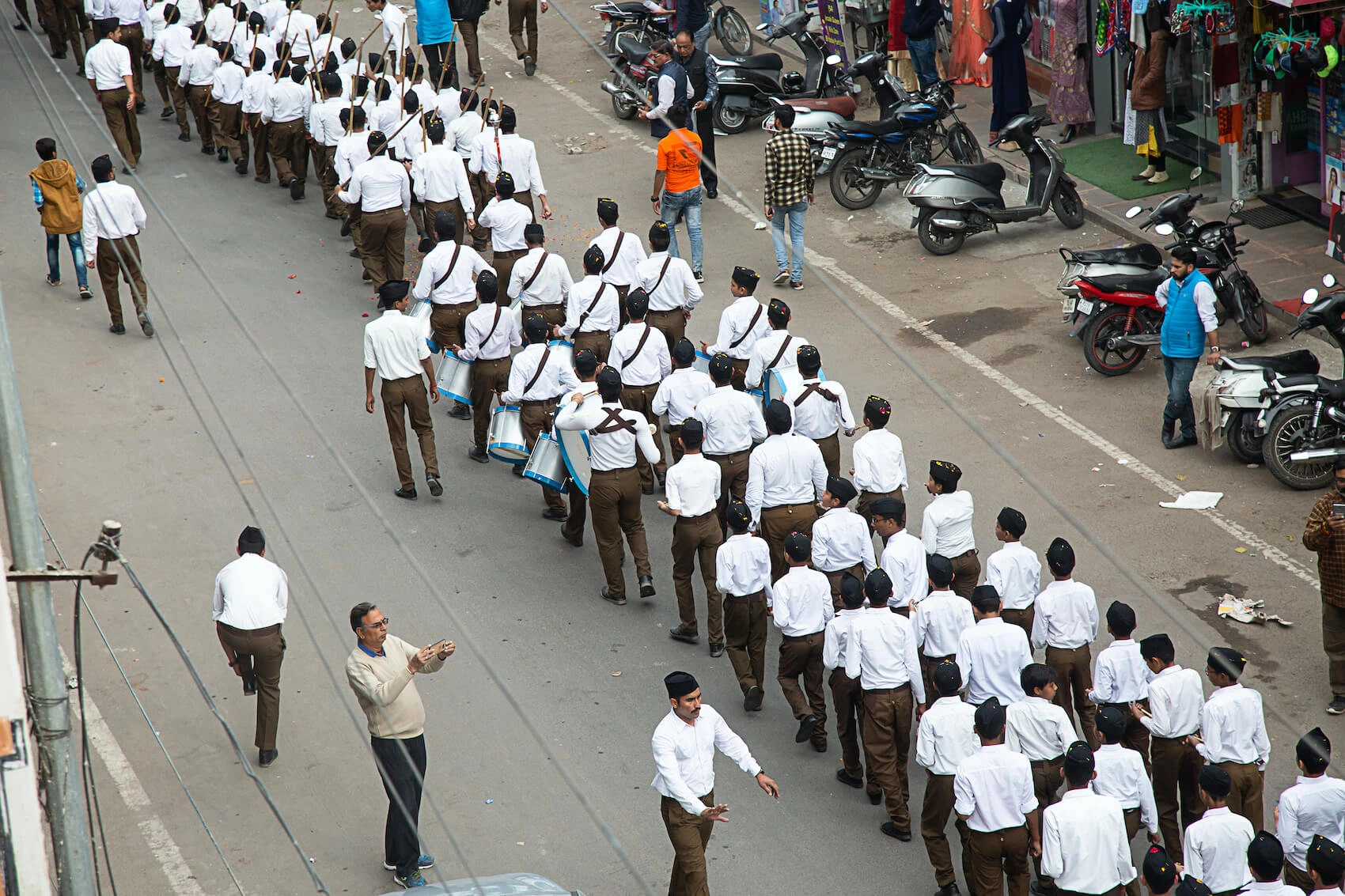Journalism is one of the hardest and most dangerous jobs, especially when you’re seeking the truth. Journalists are exposed to the air of threats and danger every single day. Consequently, hundreds of journalists have been killed worldwide in the past two decades.
Keeping this in view, March of 2021 saw the most number of attacks, harassment and actions against journalists. According to research by Coalition for Women in Journalism, 111 cases have been recorded just in the month of March.
Notably, in the past month, 15 journalists have been killed in Afghanistan. These 15 casualties include 3 female journalists. Unfortunately, Afghanistan was not the only one. Mexico also reported the deaths of four journalists. While countries like Turkey, Bulgaria, The US, El Salvador and Montenegro have reported six assaults.
Committee to Protect Women Journalists exposes the harsh reality
In March, the Committee to Protect Women Journalists (CFWIJ) reported 10 cases of imprisoned female journalists. The majority of which were in Turkey, with other cases occurring in Belarus and Egypt. Journalists also faced threats. Notable threats given to journalists include Cana Kaya from turkey, Natalya Zubkova from Russia and Fatima Roshanian from Afghanistan.
Furthermore, there were approximately 21 cases of sexual abuse out of which 20 took place in a Turkish company and the other in Croatia. From a total of 13 women harassed by lawyers, the majority belonged to Turkey. The remaining cases belonged to Cuba, the Philippines, Saudia Arabia and Belarus.
In terms of verbal harassment, News10 Lindsay Nielsen’s allegations of harassment from N.Y. Gov. Andrew Cuomo’s administration and Fox News Host Tucker Carlson’s targeting of New York Times reporter Taylor Lorenz. Similarly in Canada, threatened during reporting, Lauren Boothby was also a victim of verbal harassment.
Moreover, In the United States, Pakistan, the Philippines, and France, there have been seven cases of an orchestrated online campaign targeting female journalists in trolling manner. Many female reporters have identified and given testimonies of the sexual abuse female face in their jobs. Women from all over the world are now coming out about the extent of harassment faced during work.
In March, CFWIJ reported fascists harassing female journalists. Female journalists and filmmakers are constantly exposed to hate crime and verbal abuse.
In the end, the report also mentioned about 150 female journalists from France coming forward to report sexual harassment. The question arises that in the oppressing society, a large number of female journalists and workers turn up to record harassment incident. Those who don’t, are still unknown. This fact is terrifying for all of us.





